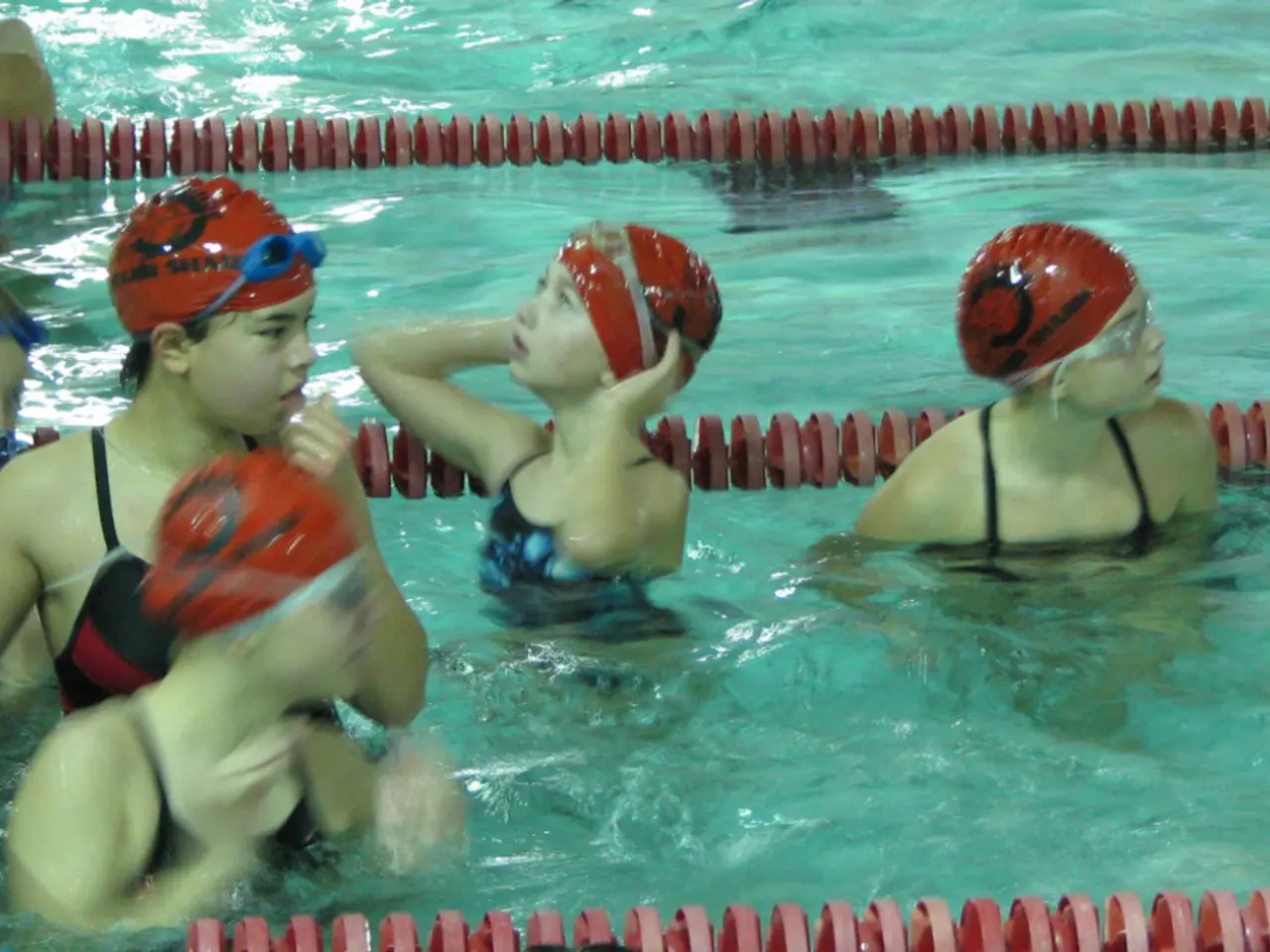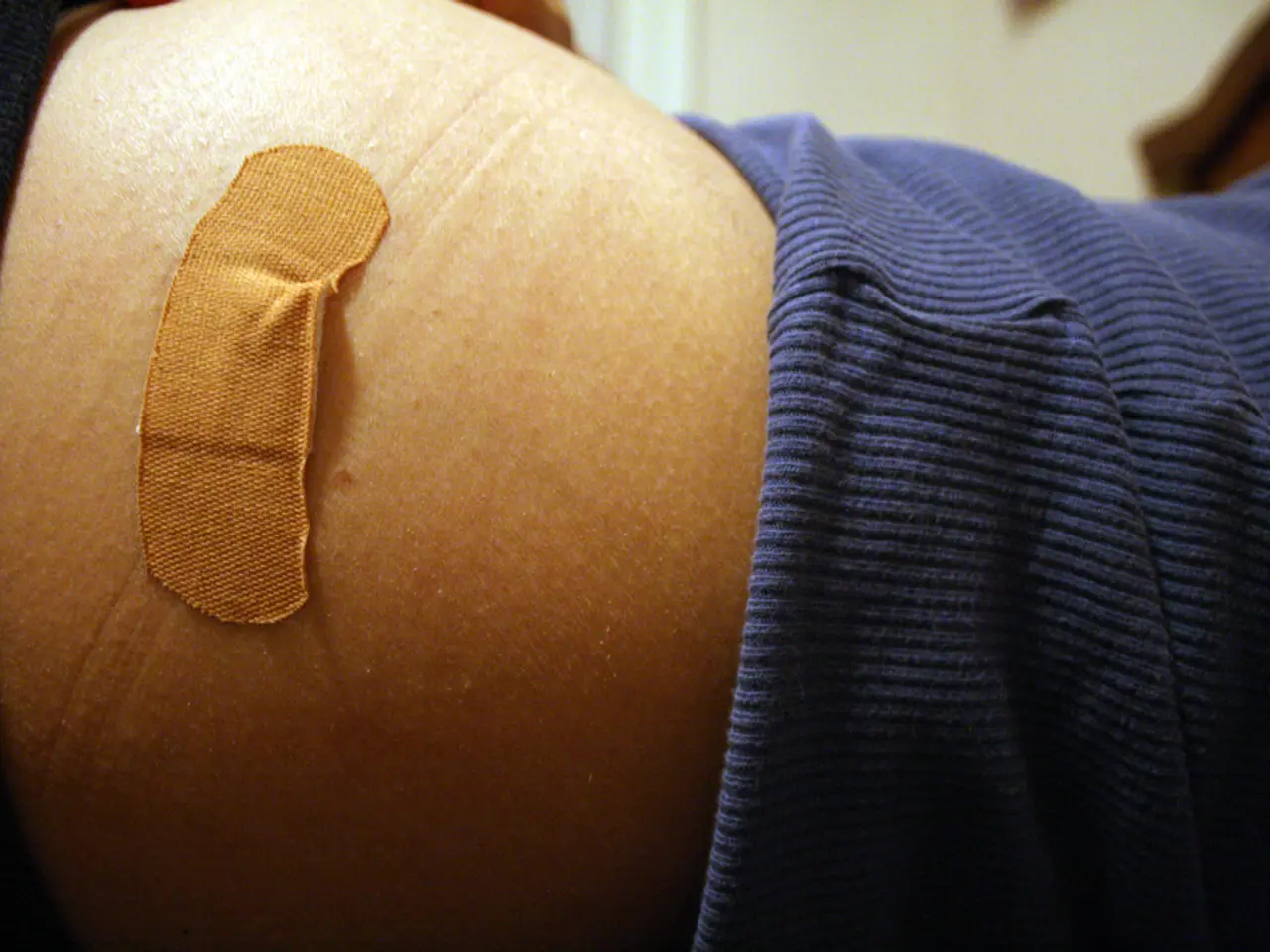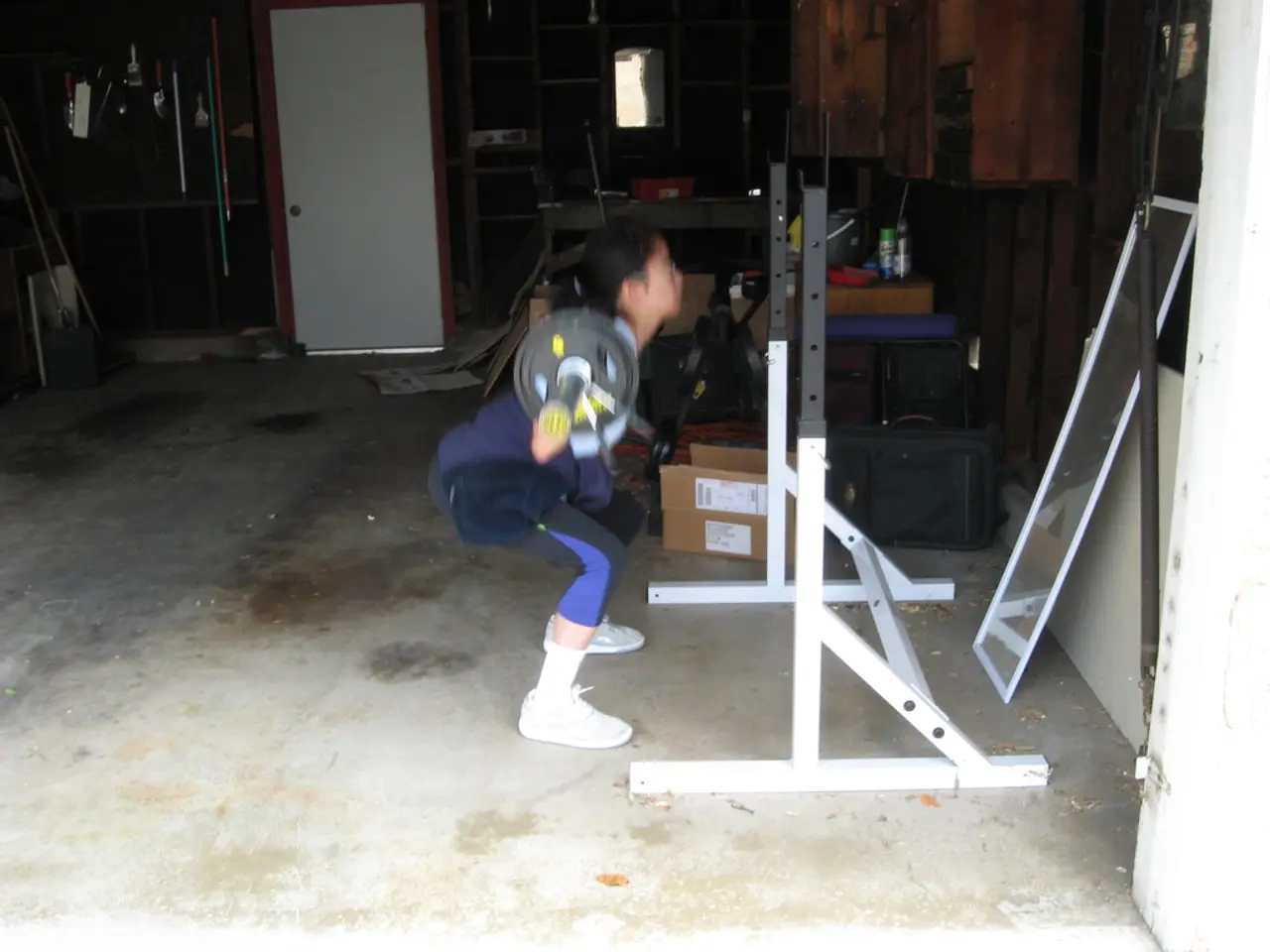Water Safety Guidance for Children: Detailed Overview
Swimming lessons, clear rules and boundaries, knowledge of water conditions, and emergency preparedness are key components of effective water safety strategies for children.
Swimming Lessons
Formal swimming lessons should be initiated as early as age 1 or by age 4 for most children, using certified swim programs led by instructors experienced in child safety. Lessons should focus on teaching vital skills such as rolling into water, treading water for at least one minute, and swimming 50 meters to safety. Swimming lessons reduce drowning risk by up to 88% in young children and build water competence and confidence [1][2][3][5].
Rules and Boundaries
Active supervision is essential when children are near or in water. Always stay within arm’s reach of younger kids. Establish and enforce strict pool or water safety rules, such as no running on slippery surfaces, no horseplay, and no breath-holding competitions. Use physical barriers like fences at least 4 feet high with self-closing and self-latching gates around pools to prevent unsupervised access. Empty small water containers immediately after use and secure any decorative ponds or fountains to prevent accidental drowning [1][3][5].
Recognizing Water Conditions
Teach children and caregivers to recognize hazardous water conditions, such as fast currents, unexpected depths, and unsafe weather. Encourage swimming only in safe, supervised areas and always swimming with a buddy to guard against unexpected emergencies [2][3].
Emergency Preparedness
Educate children on how to call 911 and basic emergency response. Older children should learn CPR and first aid skills appropriate for water emergencies. Encourage life jacket use approved by authorities like the US Coast Guard when near or on open water, especially boating [1][3].
Additional strategies include regular application of broad-spectrum sunscreen and hydration to maintain overall safety during water activities [1].
Together, these measures form a comprehensive approach to protecting children from drowning and other water-related accidents by combining prevention, education, and preparedness [1][2][3][5].
The sheer joy of watching children splash about, their laughter cascading over the waves, can be deeply fulfilling when approached with water safety practices in mind. Cultivating a culture of safety around water activities within your family paves the way for long-term awareness and caution. Understand the specific conditions of the water environment where your children are playing, and recognize signs of potentially hazardous situations. Honest dialogues about water safety, consistent practice, and a strong understanding of our surroundings can forge lasting memories while ensuring our children's safety. Engaging in role-play scenarios can make children feel more secure and prepared, turning anxiety into a proactive state of mind.
For extra and pertinent details on water safety tips for children, check out this external source: [click the up coming website]
Photography can capture the joy, laughter, and learning experienced by children during swimming lessons, immortalizing those memorable moments. Media platforms can help promote safe water practices, educating parents and caregivers about the importance of swimming lessons, establishing rules, and recognizing water conditions.
The fashion industry can contribute to water safety by designing and promoting swimwear with key features like reflective elements, quick-drying materials, and sun protection factors, ensuring comfort and safety for children during water activities. Health-and-wellness and fitness-and-exercise programs could incorporate water safety sessions, combining physical activities with educational components to create a holistic approach to child safety.
When planning events around pools or water bodies, event organizers should prioritize water safety measures, ensuring access to life jackets, first aid kits, and qualified lifeguards, as part of their event planning checklist. Scientific research and innovation can contribute to developing new technologies and materials that enhance water safety, such as advanced buoyancy aids or rapid alert systems for dangerous water conditions.
By emphasizing the importance of water safety in various aspects of our lives, we can work collectively to reduce the risks associated with water activities for children, fostering a culture of safety within our communities and ensuring that our children can continue to enjoy the fun and excitement of water with confidence and caution.




